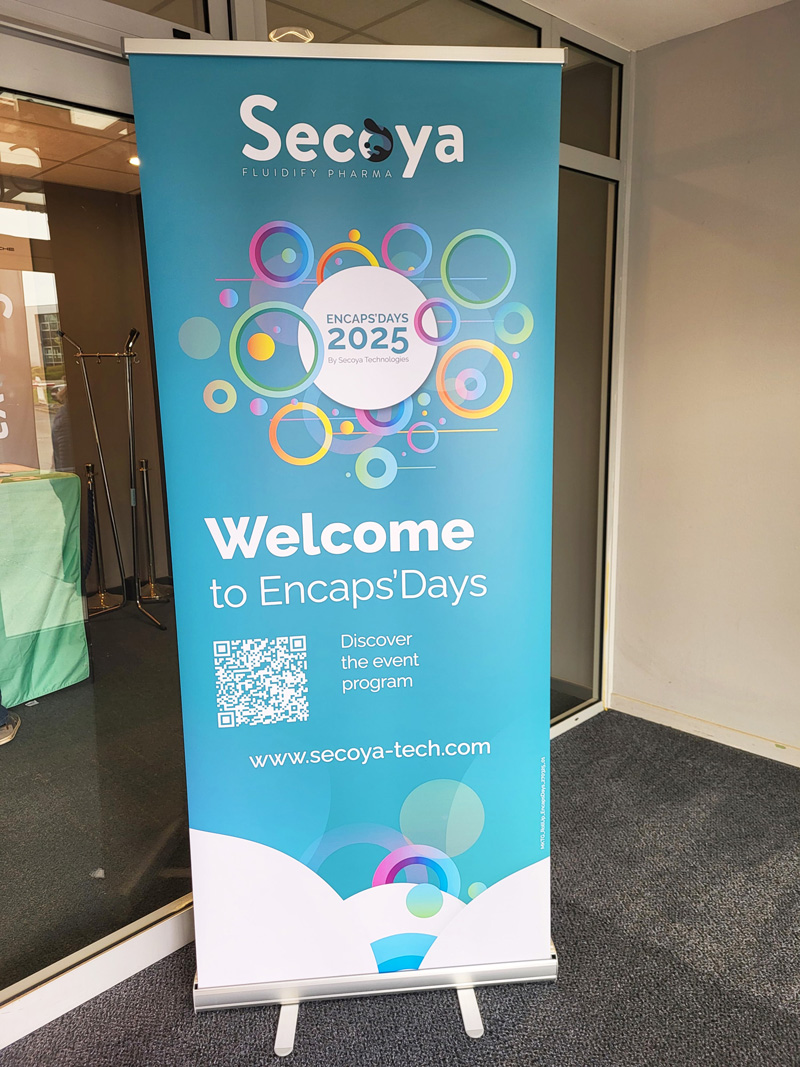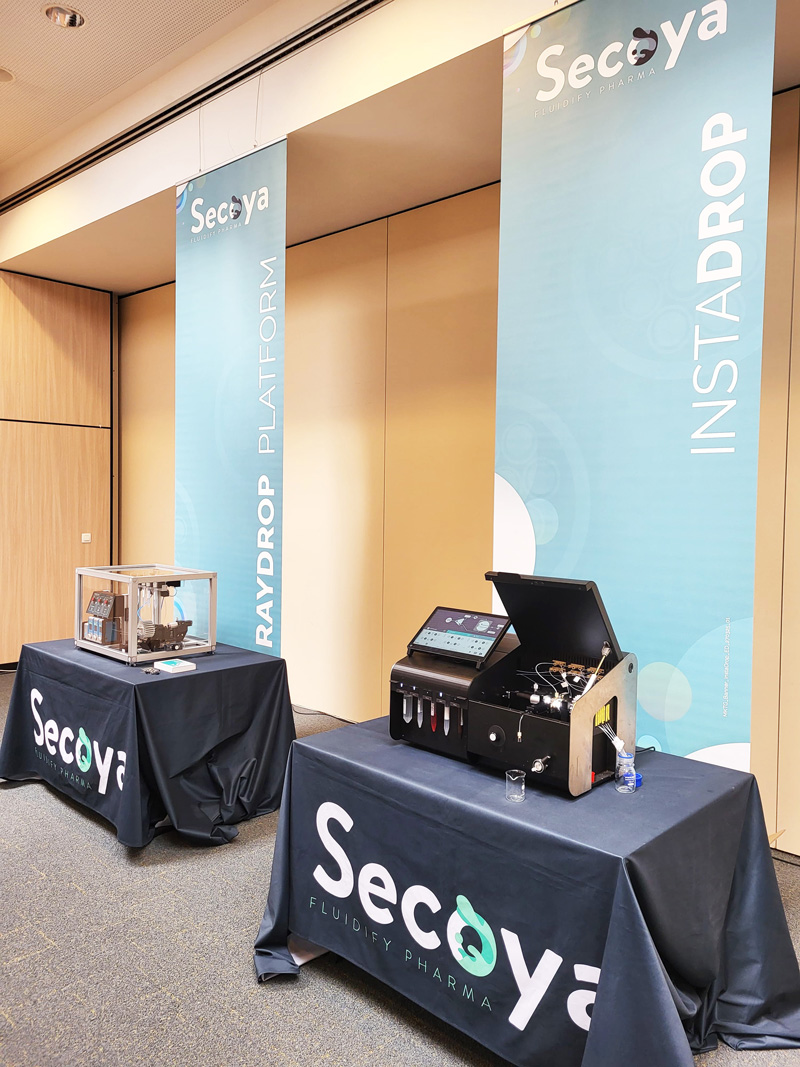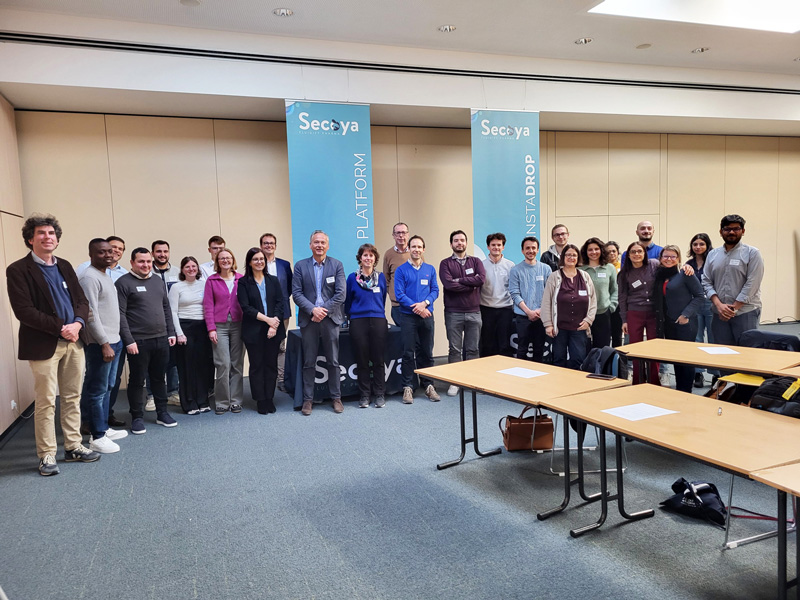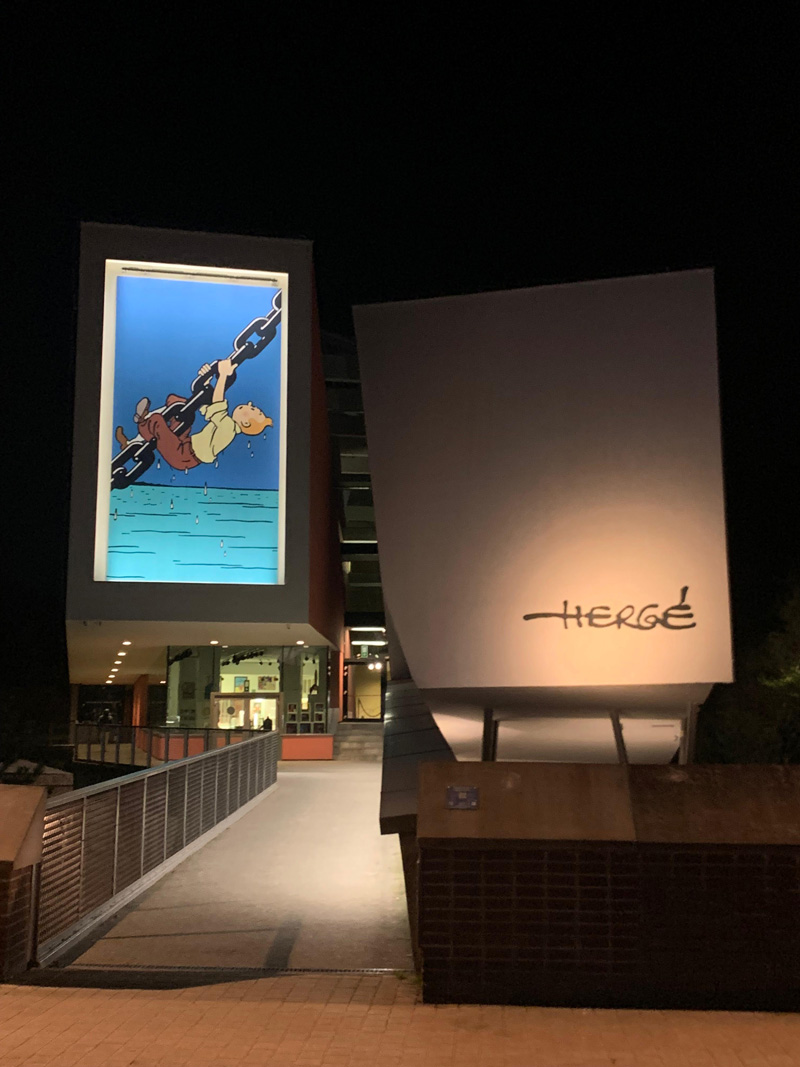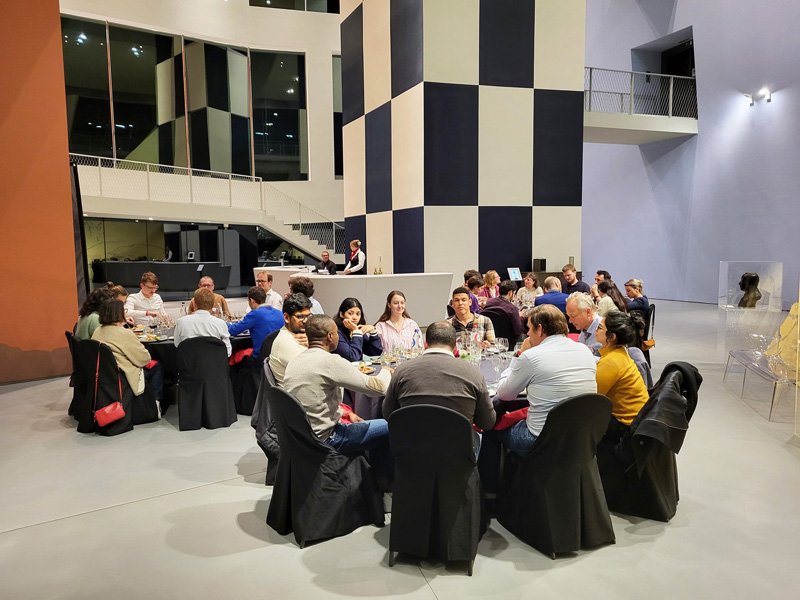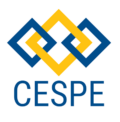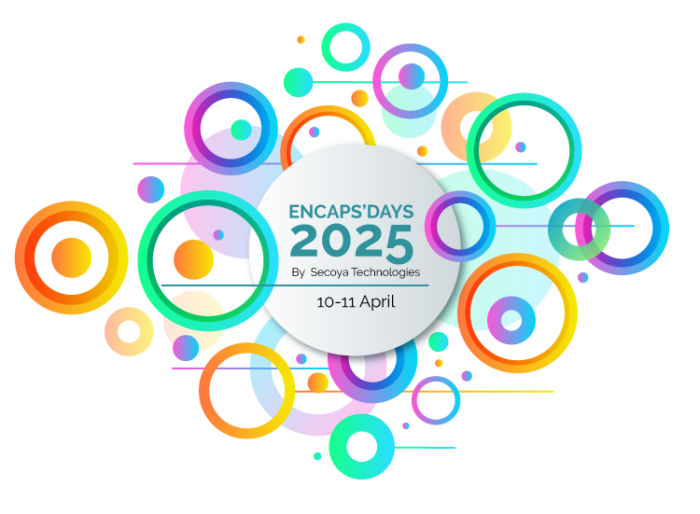
Encaps’Days 2025 was an exclusive gathering of droplet microfluidics experts from across Europe and offered a unique opportunity to exchange insights, address challenges, and share best practices in emulsion production and applications
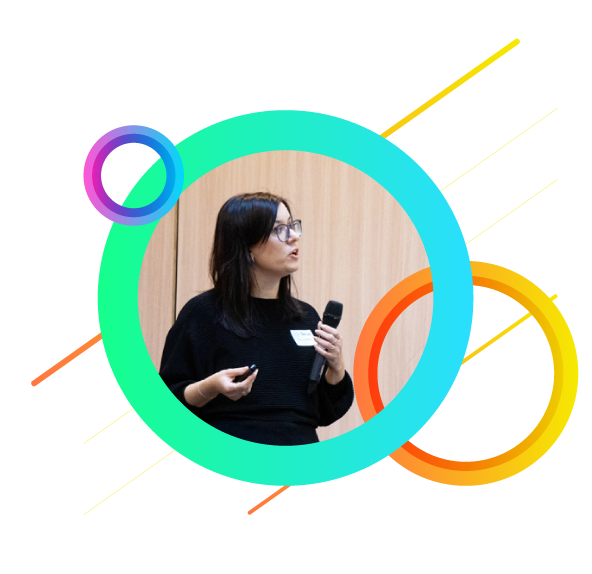
During this two-day event, attendees had the opportunity to:
- Find out about the latest advances in the field through talks given by guest speakers from a wide range of research areas.
- Discover droplets microfluidics applications, from biology to fundamental physics, through short technical talks given by Raydrop users from academia and industry.
- Innovations update: Discover the latest advancements in Secoya’s Encapsulation Technology and its transformative potential.
- Hands-on demonstration: Participate in a live demonstration of the fully integrated InstaDrop equipment, showcasing its capabilities and practical applications with single and double emulsions (drugs formulation screening, cells encapsulation,…).
- Networking: Connect with a diverse panel of droplet microfluidics experts for insightful discussions.
Presentation on demand
We present and discuss the non-embedded co-flow-focusing configuration for microfluidic emulsification. Experimental results demonstrate the universality of the configuration in terms of the variety of fluids that can be emulsified, as well as the range of droplet size that can be obtained, without neither the need of surfactant nor coating. In a first part, a quasi-static model is developed and shows excellent predictive capability for the size of the droplets. Our results also demonstrate that the mechanism for the dripping-to-jetting transition in this quasi-static limit is intrinsically nonlinear and differs from the absolute-to-convective transition of the Rayleigh-Plateau instability for a jet. In a second part, we focus on the dynamics of droplets and bubbles in microchannels, and present stability maps for the centred position showing that non-deformable objects dominated by inertial effects are only stable if large enough, whereas deformable objects dominated by capillary effects can be stable for much smaller sizes.
This work extends the scope of microfluidic-based crystallization methods by introducing solid microcapsules. Hundreds of perfectly similar microcapsules can be generated per second, allowing a fast screening of crystallization conditions. X-ray Diffraction analyses can be performed directly on encapsulated single crystals demonstrating the potential of this process for the characterization of compounds, including screening of polymorphism.
Biological tissues can be modelled in vitro using three-dimensional aggregates, typically composed of hundreds of cells and measuring up to a few hundred micrometers in diameter, generally termed spheroids. Due to their enhanced physiological relevance compared with conventional two-dimensional cultures, they offer a promising alternative to animal experiments for drug testing and disease modelling. However, their use in therapeutic applications, such as regenerative medicine and drug screening, has long been limited by labor-intensive and time-consuming manual handling protocols. Advances in microfluidic encapsulation have significantly increased production efficiency, shifting the primary challenge to high-throughput analysis. Here, we present an adaptation of microfluidic frameworks originally developed for single-cell analysis, modified to enable efficient handling and analysis of spheroids. We introduce a novel droplet-based approach that integrates real-time image analysis to screen and sort large populations of spheroids based on morphological and phenotypic features. We explore the implementation of advanced microfluidic systems to enable high-throughput acquisition of three-dimensional fluorescence imaging data from large spheroid populations.
Guest Speakers

Benoit Scheid, PhD
A professor at Université Libre de Bruxelles, he earned his PhD in 2004 on hydrodynamic instabilities and received the Ilya Prigogine Prize in 2005. After a postdoc at Harvard on glass processing with Saint-Gobain, he joined ULB in 2011 through FNRS. His research focuses on interfacial dynamics and surface rheology, with applications in material processing, microfluidics, and various scientific fields.

Johan Wouters, PhD
Dr. Johan Wouters is a professor at the University of Namur, leading the Laboratory of Structural Biological Chemistry. His research focuses on structure-based drug design, particularly in cancer and infectious diseases, using X-ray crystallography. He is a member of NAMEDIC and NARILIS, with expertise in enzyme study, pharmaceutical cocrystals, and metabolic pathway inhibitors. With over 8,300 citations and an h-index of 49, he is a recognized expert in crystallography and biochemistry.

Roxanne Kieltyka, PhD
Dr. Roxanne Kieltyka is a professor in the Department of Supramolecular and Biomaterials Chemistry at Leiden University. Her research focuses on developing dynamic biomaterials with spatial and temporal control over their mechanical properties. She has presented her work internationally, including a seminar at Kyoto University’s Institute for Integrated Cell-Material Sciences in June 2024.

Alexandre Baccouche, PhD
Dr. Alexandre Baccouche is a researcher in synthetic biology and molecular programming, specializing in developing molecular approaches to analyze and manipulate biological systems. Based at the Institute of Electronics, Microelectronics, and Nanotechnology (IEMN) at the University of Lille, his work focuses on creating intelligent biosensors and artificial cells that mimic cellular behaviors. His interdisciplinary research integrates microfabrication, microfluidics, and bioengineering, contributing to advancements in biotechnology and materials science.

Léon Rembotte, PhD Student
Léon Rembotte is a PhD student at the University of Bordeaux and the French National Centre for Scientific Research (CNRS), focusing on microfluidics and biophysics. Since November 2022, he has been developing microfluidic sorting devices for spheroids and organoids, aiming to create an integrated platform for their production and analysis. His recent work includes a novel drop millifluidic approach for screening and sorting large populations of multicellular aggregates.

